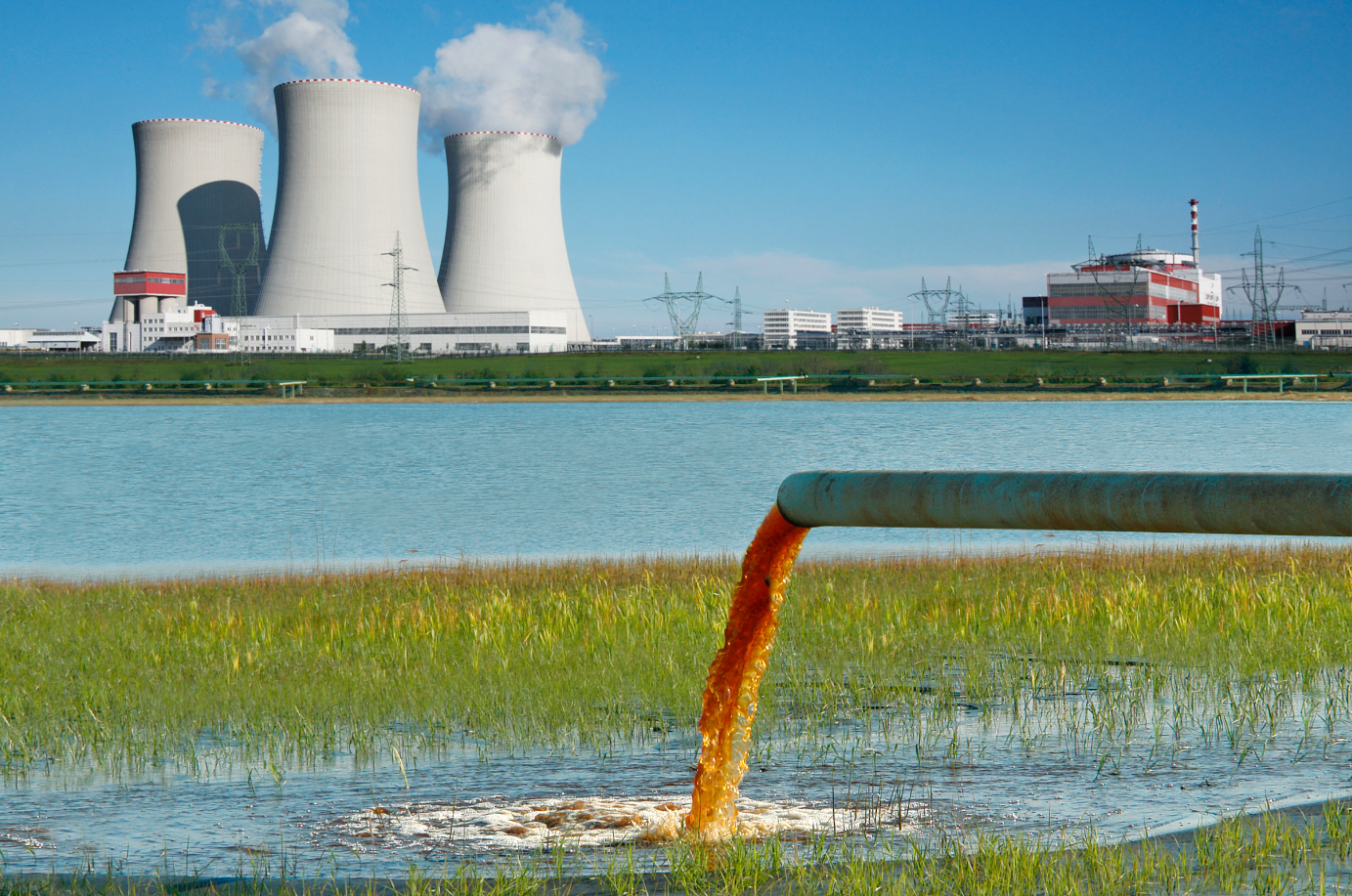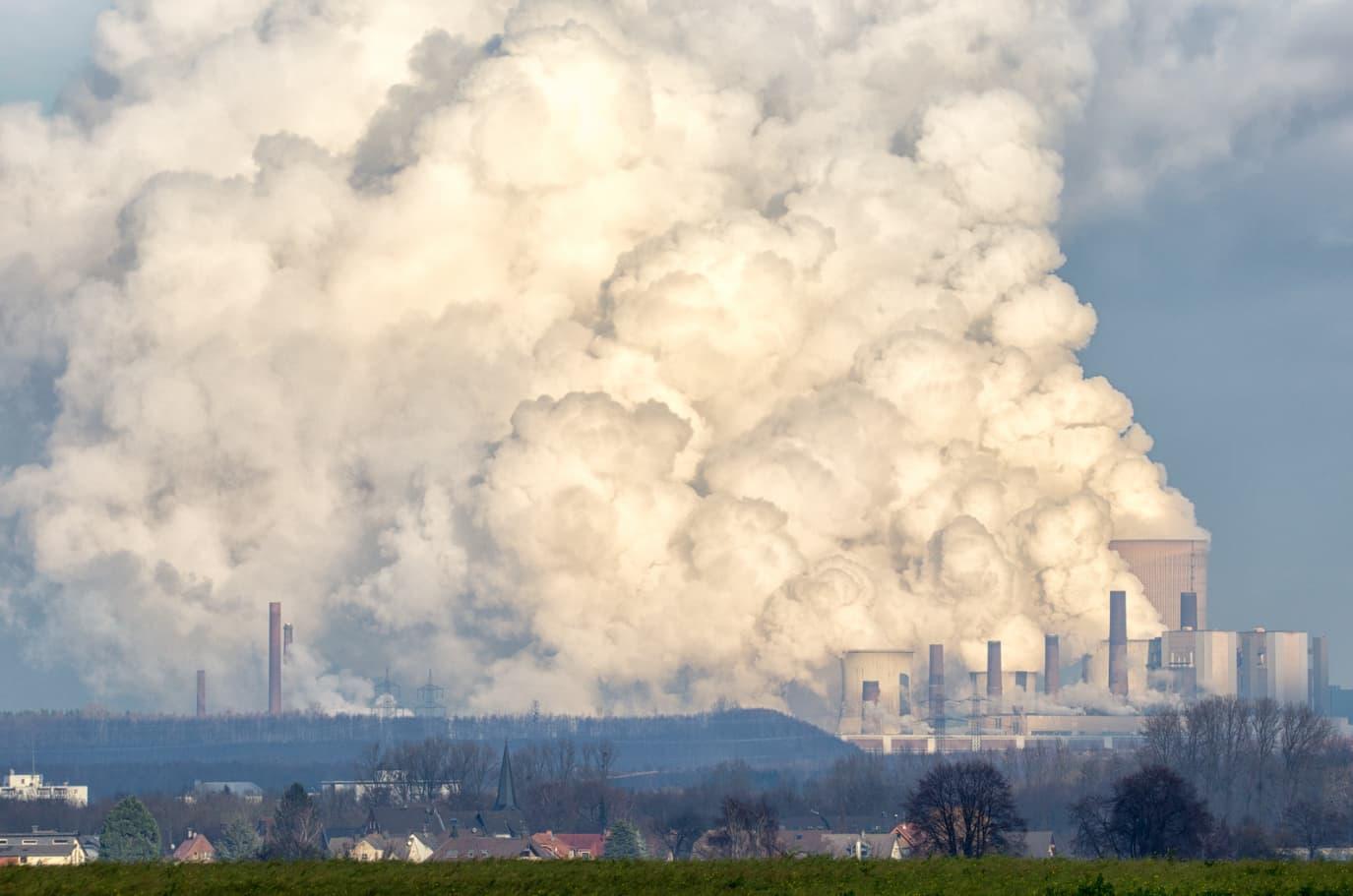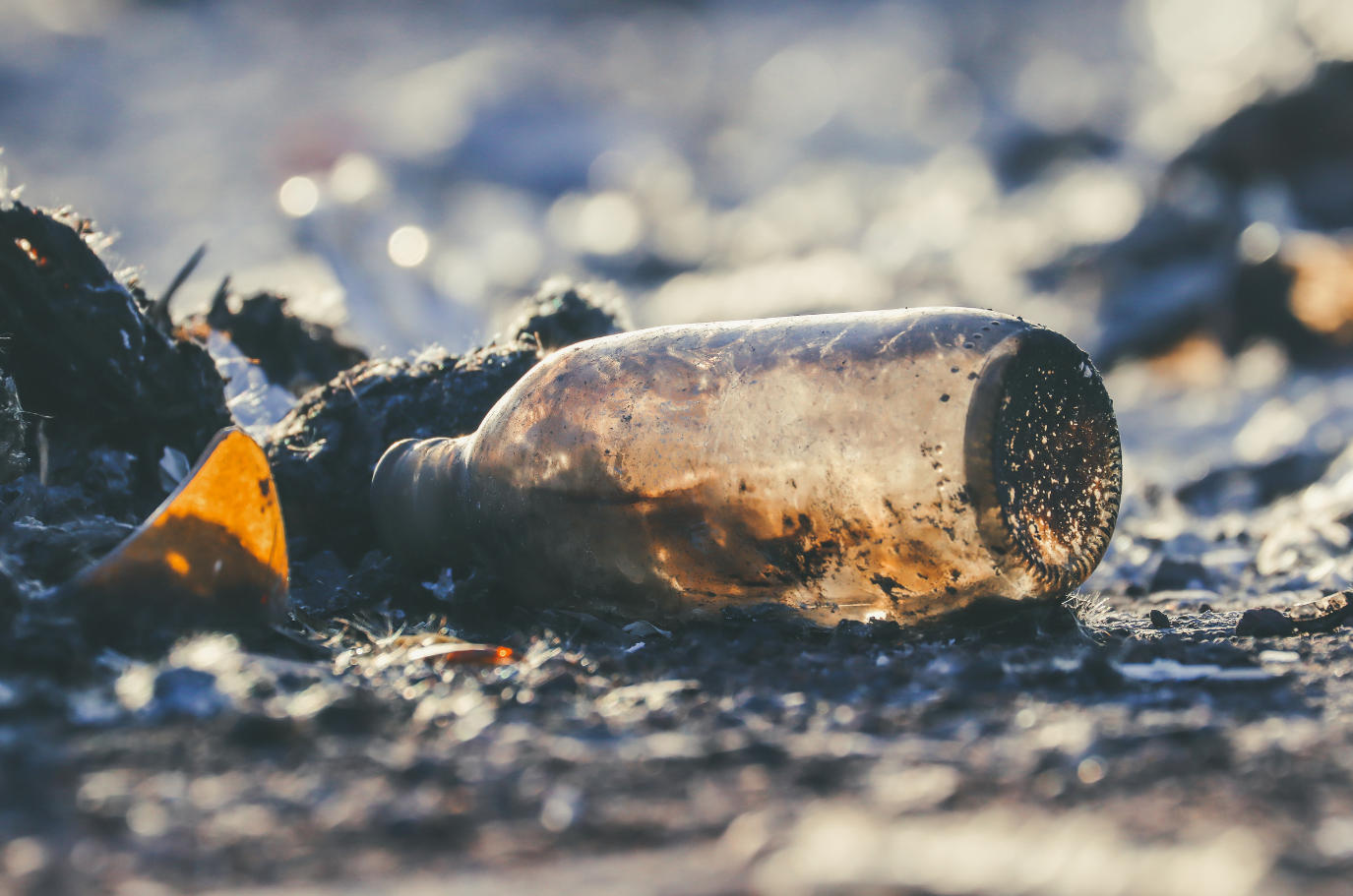
Tackling Pollution One Step at a Time
Our natural environment is constantly exposed to harmful contaminants. Our air, water and soil are being polluted at the expense of human activities that are focused on short term convenience. Petrol and diesel transportation, production of heat and electricity, disposing of waste to landfill and fertilising crops are all key players in the pollution of our planet.
In 2020, approximately 2.01 billion tonnes of municipal solid waste was produced across the globe and is expected to rise by 70% by 2050. Over 6.5 million tonnes of that waste is currently in our oceans. 90% of the population is exposed to poor air quality, which is responsible for 11.65% of global deaths per year.
The effects of pollution can be devastating. Endangerment of human health, global warming, the imbalance of vital nutrients and the destruction of biodiversity all put our planet, and all who live on it, at risk. By tackling the issue head on, there can be true positive impacts to our natural environment.
The devastating effects it can have require immediate action. Tackling pollution will help to protect our natural environment and its resources, protect human and animal health and contribute to the fight against climate change.
Whilst the industrial revolution has been held accountable for the ignition of increased pollutants, it cannot truly be blamed as a barrier for change. By understanding the impact that our emissions and materials have when placed in our natural environment, we allow the development an innovation of technologies that enable us to change our habits and the way we produce, use and dispose of day-to-day materials. Yet, the issue is ongoing and the figures are shocking.
Where is it happening?



Water
Chemicals such as medicines and pesticides as well as bacterias, hydrocarbons and other residues are all possible pollutants in our waters. Industries like agriculture, domestic product manufactures, and industry are all responsible for such pollutants.
Air
Air pollution is considered as one of the largest public health issues due to its ability to travel undetectable and at pace, possibly reaching a huge number of people. Disease, carbon monoxide and methane are just some examples of contaminants of air that have dire consequences.
Land
Soils are frequently degraded and polluted, posing a great risk to the environment and human health. Heavy metals and organic compounds can be found in contaminated soils, affecting groundwater, surface water and the human body when in contact with skin, by ingestion or inhaling particles.
Preventing Pollution at Veolia
Water, waste and energy require management and planning to ensure they are produced, used and disposed of effectively, efficiently and sustainably. At Veolia, we practice this across our customers’ functions and our own. We ensure we have the facilities that answer sector challenges, and ensure pollution is avoidable at each stage. Here are a few examples:
Seafield Wastewater Treatment Works (WwTW)
Based in the East of Scotland, Veolia’s Seafield WwTW prevents the pollution of our waters through a series of filtration processes. Not only does the site prevent harmful contaminants from entering our waters, Seafield could be considered to be a factory that turns wastewater into clear, functional water that meets the highest of environmental standards, whilst containing its bi-products and using them to create resources along the way.
Watch this video to learn more about the Seafield facility.
Ellesmere Port High Temperature Incinerator
Veolia’s Ellesmere Port plant is the site of our High Temperature Incinerator (HTI), used for the treatment of hazardous waste, non-hazardous waste and low level radioactive materials. A challenge comes with selecting appropriate management solutions for hazardous waste when physico-chemical treatment is not an option. The HTI offers secure destruction and outstanding environmental performance, ensuring 99.99% thermal destruction efficiency and avoiding any exposure of contamination to the environment.
Discover more here.
Minosus Mine
The Minosus facility in Cheshire is the UK’s first and only underground disposal facility for the storage of hazardous waste which require a wholly stable and non-reactive disposal environment to prevent pollution. The mine creates an impermeable cavity, which prevents chemical reactions that would occur as a result of other treatment processes such as the production of gases and any leachate that, if exposed above ground, would contaminate the biosphere.
Learn more here.
How can you help
The waste and emissions emitted at the point of production are just as apparent and just as, if not more, harmful than those emitted in the process of disposal. In attempt to reduce or eliminate emissions polluting our air, water and soil, it is important to consider and understand the lifecycle of the resources we buy, produce and use.
With understanding these life cycles, you are able to make responsible choices about your production processes, supply chains, the types of resources you use or produce and the way they are disposed of. The availability of renewable resources and recyclable materials is ever-increasing, expanding our choices for greener, more sustainable methods of production and resourcing. It is these positive choices that will action the change our planet requires in terms of revitalising land, purifying our air and cleaning up our oceans.


